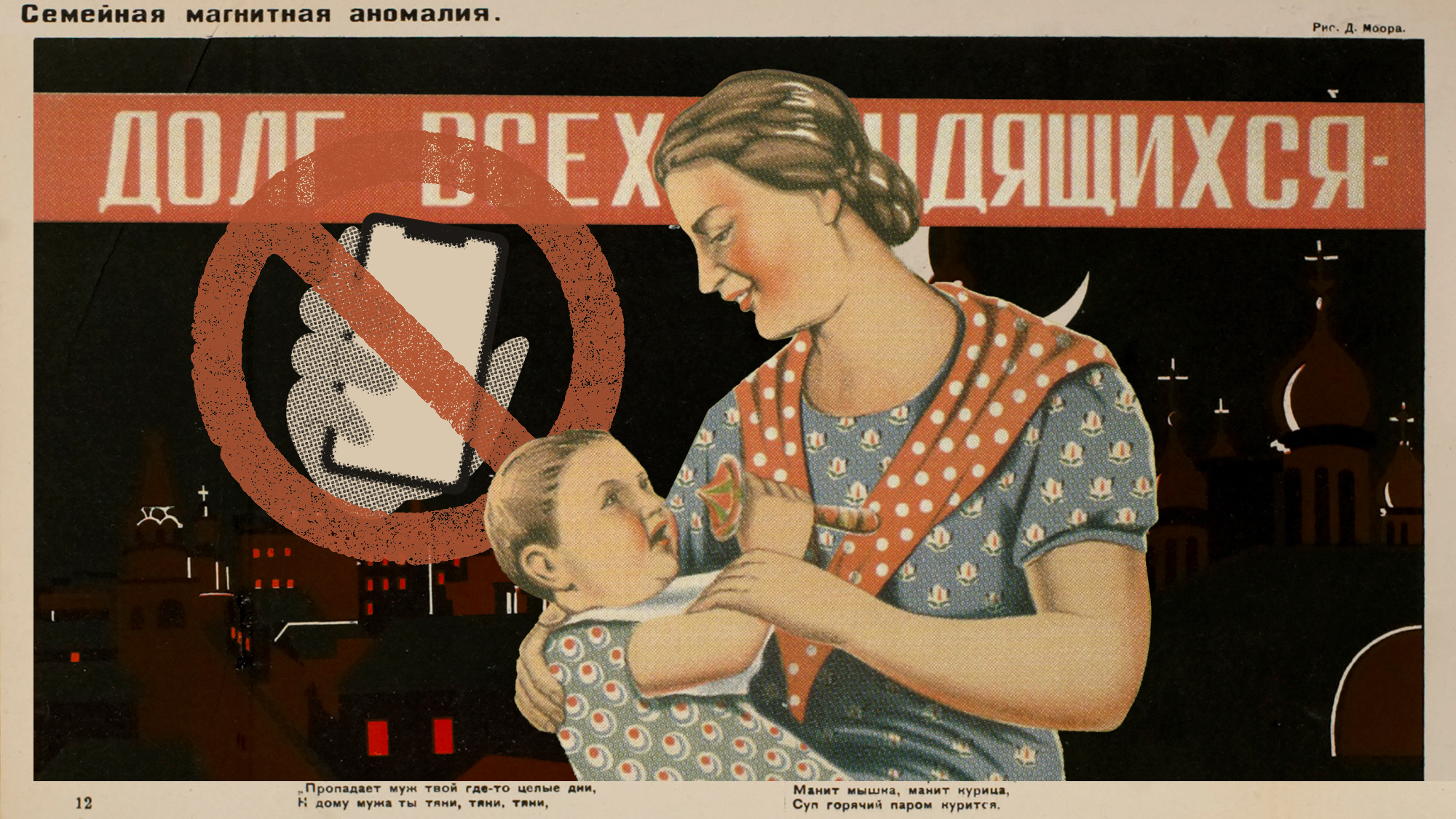Exhibit of the week: The Art of Participation: 1950 to Now
The San Francisco Museum of Modern Art's exhibit of participatory art invites viewers to interact with and shape the works on display. In Nam Jun Paik’s Participation TV, viewers create abstract colored patterns o
Exhibit of the week
The Art of Participation: 1950 to Now
San Francisco Museum of Modern Art
The Week
Escape your echo chamber. Get the facts behind the news, plus analysis from multiple perspectives.

Sign up for The Week's Free Newsletters
From our morning news briefing to a weekly Good News Newsletter, get the best of The Week delivered directly to your inbox.
From our morning news briefing to a weekly Good News Newsletter, get the best of The Week delivered directly to your inbox.
Through Feb. 8
“The golden rule in most museums is that you keep your hands to yourself,” said Laura Casey in the Contra Costa, Calif., Times. The new exhibition at the San Francisco Museum of Modern Art, however, invites you to get involved. The Art of Participation: 1950 to Now showcases a full half-century of “participatory” artworks, from John Cage’s pioneering pieces of the 1950s to new, Internet-enabled environments by Lynn Hershman Leeson. In Erwin Wurm’s One Minute Sculptures “people load up on random objects and attempt to maintain a pose for one minute.” Cage’s 4’33” (1952) is a musical “composition” with no notes, meant to make the listener more aware of the ambient noise audible during its four and a half minutes. It’s “performed” every day at noon.
This breezy and enjoyable exhibition “draws on a rich history” of interactive art, said Brita d’Agostino in Wired.com. Hans Haacke’s News consists of a printer spewing reams of headlines and articles gleaned from the Internet. “The printed news spills onto the gallery floor, creating a sculptural representation of virtual information.” Yet this quintessentially 21st-century work is actually an updated version of a 1969 original that used a telex machine. Ant Farm Media Van v.08 (Time Capsule) consists of a 1972 Chevy tricked out to share images, video, and music files contributed by passers-by. It’s based on the more primitive 1971 Media Van. Other “classic” interactive creations on display include Nam Jun Paik’s Participation TV (1998), in which museumgoers create abstract colored patterns on a screen by breathing into a tube.
In fact, “some of the oldest things in the show have the most life to them,” said Kenneth Baker in the San Francisco Chronicle. That’s the problem. Judging from the evidence of this exhibition, no artist has come up with a genuinely new idea about participatory art in about two decades. At the start of the movement, “no one yet had a personal computer, no one had ever used an ATM,” and few had encountered a work of art that invited interaction. These days, we’re so wired into interactive media that interactive art seems ho-hum. The fact is, any work of art invites the viewer into an intimate aesthetic bond. “Participatory art,” at its best, merely makes the viewer aware of a complicated relationship that’s always been there.
A free daily email with the biggest news stories of the day – and the best features from TheWeek.com
-
 Russia’s ‘weird’ campaign to boost its birth rate
Russia’s ‘weird’ campaign to boost its birth rateUnder the Radar Demographic crisis spurs lawmakers to take increasingly desperate measures
-
 Could smaller cars bring down vehicle prices?
Could smaller cars bring down vehicle prices?Today’s Big Question Trump seems to think so, but experts aren’t so sure
-
 2025’s most notable new albums
2025’s most notable new albumsThe Week Recommends These were some of the finest releases of the past year